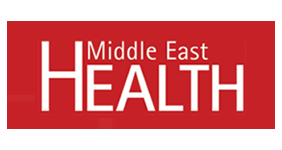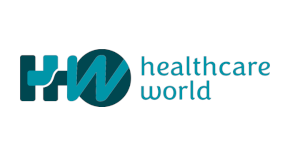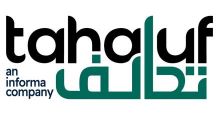Opportunities for Investors, Medtech Companies in the Kingdom of Saudi Arabia
Elevated role of private sector creating opportunities for investment through rapid innovation introduction and adoption.
Vision 2030 marked a true cornerstone moment for the Kingdom of Saudi Arabia’s (KSA's) healthcare sector. The region shifted gears from oil dependence to finding diverse economic growth levers, including healthcare, and transitioning from a heavily publicly driven to a more privatized operational model.
Traditionally, the government has played a pivotal role in the healthcare sector, currently accounting for 75% of the healthcare expenditure. While the private sector only accounts for the remaining 25%, its role is being increasingly elevated by the government through the implementation of the Vision 2030 blueprint. KSA's top priorities are increasing the privatization of healthcare services, encouraging public-private participation (PPP), scaling up medical education and training of its local workforce, and boosting the adoption of digital information systems, thereby creating a plethora of opportunities for investors, pharmaceutical and medtech manufacturers, healthcare IT vendors, and support services.
Multiple growth drivers laying a strong and sustainable foundation for medtech segment expansion.
Amongst the different healthcare sectors, the medtech sector has emerged as an attractive segment and drawn the global attention of innovators and investors. While the global medtech market was estimated to be USD 422 billion in 2021, KSA accounts for 3%-3.5% market share by revenue. However, it represents almost 50% of the Middle Eastern market and is expected to sizably outpace global growth (expected growth of almost 18%) in the next 6-7 years.
The growth is expected to be fueled by internal and external dynamics. At present, the KSA citizen population is estimated at about 21 million, 6% of whom are aged 65 and older. It is predicted that the older population will increase and make up 18.4% of the total population by 2050. In addition to the growing burden of the aging population, the rate of non-communicable and lifestyle diseases has increased drastically over the past few years. For example, in 2020, KSA spent 25%-35% of the total healthcare budget on treating patients with diabetes, obesity problems, and cardiovascular diseases. Non-communicable diseases (NCDs) accounted for 68% of all deaths in KSA. Moreover, 17.9% of the Saudi adult population has diabetes, and more than 40% of Saudi citizens are obese, imposing a major risk for patients suffering from chronic diseases, such as diabetes, cardiovascular disorders, cancer, and kidney disease.
While the local population is growing, aging, and battling different chronic diseases, the government is also incentivizing the development of world-class healthcare facilities for millions of pilgrims that visit the region to promote medical tourism.
Acknowledging the challenges to inspire new and relevant medtech solution design.
The region needs a robust infrastructure of hospitals with adequate beds to deal with a growing number of patients (local patient pool and medical tourists). As per Frost & Sullivan projections, the region needs close to 700 hospitals by 2030, with 99,000 beds spread across government, private, and semi-government sectors to meet the growing demands. The need for additional beds, especially at the tertiary care level, gets more pronounced because of the current bottlenecks at primary healthcare and long-term care centers (LTC). For example, 20% to 30% of hospital beds are occupied by patients who could be treated in LTC. Likewise, nationally, there are 0.74 primary healthcare centers per 10,000 population in KSA, diverting some patients directly to secondary and tertiary care centers. Moreover, despite the presence of several general hospitals, there are supply gaps for specialty areas, like gynecology, oncology, and cosmetology.
Additionally, for streamlined healthcare delivery, there is a corresponding requirement for a necessary healthcare workforce, including but not limited to nurses, physicians, and front-line workers, which is in shortage. Frost & Sullivan estimates that the KSA needs 118,000 physicians by 2030, up from a current level of nearly 95,000 physicians, to meet the growing population’s healthcare needs.
Lastly, there is a demand uptick for healthcare services and thus relevant medtech products, including capital equipment, diagnostic devices, implantable devices, consumables, continuous monitoring and connected devices. But imports from multinational manufacturers currently meet almost 94% of the demand. The 6% market served by 45 domestic medtech manufacturers largely comprises low-value, single-use devices such as syringes and gloves.
Even the multinational companies (MNCs) in KSA operate through a distributor-led model for local sales support or follow a joint venture/hybrid model with a higher preference for the former approach. Companies like GE Healthcare, Abbott, and Smith & Nephew commonly operate via distributors, while a few like Medtronic operate directly or through a distributor in the KSA market. With high import dependency and fewer manufacturing set-ups by MNCs, the KSA government is proactively pushing for the localization of medtech manufacturing by providing a business-friendly environment.
Getting a lay of the land to hunt for the next big investment opportunity.
Despite several challenges, the tide is expected to turn soon with several government-initiated efforts underway. New government policies aim to expand the domestic manufacturing share from 6% to 16%, which is expected to help the government meet the target of increasing private sector participation from 25% to 35% in total healthcare expenditure. The government is encouraging PPPs to fill gaps and meet healthcare demand for infrastructure and products. The Ministry of Health (MoH) estimates opportunities for PPPs worth USD 180 billion between 2017 and 2023.
In alignment with the six systems of care—"keep well, "planned care," safe birth," "urgent care," "chronic care," and "last phase"—the country set up 20
healthcare delivery clusters with the capacity to serve 1 million to 2 million people per cluster. The clusters have the freedom to create infrastructure, launch new health programs, and support the population’s health while managing their own budgets (like the UK’s healthcare delivery system). Primary, secondary, and tertiary care can be integrated within the clusters to offer coordinated care.
Leveraging ongoing momentum to align medtech investment with national priorities and long-term growth aspirations.
Tackling healthcare challenges requires multi-faceted but interlinked solutions spanning prevention to cure to long-term management.
In the immediate term, as the investment in new infrastructure for hospitals, ambulatory care, and mobile clinics increases, it will create opportunities for capital equipment companies to introduce high-value, capital-intensive equipment such as surgical suites like cath labs and advanced operating room (OR) equipment and tools. For instance, there are opportunities in portable and dexterous surgical robotic technology for conventional hospitals and ambulatory settings. While this could include visualization solutions, display monitors, instrument tracking devices, and OR equipment, medtech companies will need to invest in providing add-on services such as consultation on workflow management, coordination of production, inventory, location, and transportation in a supply chain to ensure long-term and wide-spread contracts with healthcare facilities. Also, as medical tourism rises and the local patient population stays in the country to leverage the high-quality, short waiting time privatized services, there will be a demand for traditional products such as implants for ophthalmic, dentistry, and cardiac surgeries.
As the country moves from the pilot to the nationwide roll-out phase of the cluster model, medtech companies must identify national priorities and align their service and product offerings accordingly. For instance, clusters want to drive population health management by improving preventive care and early diagnosis. At the same time, clusters also want to reduce waiting times and hospital admissions and optimize healthcare spending. It will create a growth tangent for remote, real-time patient monitoring devices, self-health management tools, and connected medical devices. Home health remote monitoring devices and wearables will enable earlier diagnosis based on any discrepancy observed in the daily vital monitoring of undiagnosed patients, triage high-risk patients for hospital admission, and transfer care from hospitals to other settings such as homes. Connected medical devices enable medtech manufacturers to engage with patients and understand their needs. With a more evolved dataset and understanding of population health, it will eventually open new doors for uniquely innovative device companies to introduce differentiated, value-enhancing products that can cater more specifically to the needs of the region's population.
With specific clusters focusing on oncology, cardiology (hypertension and acute coronary syndrome), and chronic care, it offers medtech companies the opportunity to introduce disease-ownership models centered on end-to-end disease management from diagnosis to treatment to recovery/rehabilitation. In addition to products, the medtech companies can elevate their role to integral partners offering a combination of hardware, software, and professional services (e.g., clinical flow management, analytics) and be truly invested in patient health outcomes. This will allow companies to get more deeply entrenched in the clinical workflow and offer value-based care models, which are increasingly becoming the global and regional norm. Medtech manufacturers should develop a disease-specific solutions ecosystem (in collaboration with other partners if necessary) aimed at remote patient monitoring, early disease diagnosis, improved disease treatment and management, better patient engagement, improved health outcomes, and reduced healthcare costs. An example that can be easily replicated in KSA includes a partnership between Apple, Inc and Zimmer Biomet to transform orthopedic and musculoskeletal health experiences for patients and surgeons. The co-developed myMobility solution offers education, regular check-ins, physiologic and gait metrics, guided exercises, analytics, and telemedicine solutions to prepare patients for joint replacement and manage them post-procedure to ensure successful health outcomes.
Finally, because healthcare resources and workforce are limited in supply, there is an opportunity for companies to invest in sophisticated training solutions for clinicians for workflow optimization as well as adopt the latest technologies that can automate or shorten the workflow, such as leveraging AI for clinical decision-making.
KSA is the biggest medtech market in the MENA region, with a lot of positive growth momentum from the government, well-regulated policies, and relatively stable demand through concentrated buyers like NUPCO and Gulf Health Council. Growing privatization and MNC-welcoming policies have cemented a well-defined growth trajectory of the medtech segment in KSA. The EU, US FDA and Japanese approvals are recognized in KSA, making it easy for MNCs to capitalize on their strength in the regulatory field without changing the structure of the technical documentation. As opportunities for investment range from core device groups such as surgical equipment and tools to new-generation technologies such as connected medical devices, they will eventually expand to cutting-edge innovation particularly relevant to the local healthcare needs. In addition to product innovation, there is also scope for service offering innovations, taking a page out of the segment evolution story in the West.
About Frost & Sullivan
For over six decades, Frost & Sullivan has helped build sustainable growth strategies for Fortune 1000 companies, governments, and investors. We apply actionable insights to navigate economic changes, identify disruptive technologies, and formulate new business models to create a stream of innovative growth opportunities that drive future success.
Global Health Exhibition 2023
Join us at Global Health Exhibition from 29-31 October 2023 at Riyadh Front Exhibition & Conference Center to get a closer look at how your company can benefit from this lucrative market by meeting high profile audience including dealers & distributors, key healthcare providers, senior government policy makers, investors and end users as we connect Saudi healthcare community with that of global healthcare community.
Hosting more than 13,000 healthcare & laboratory professionals from over 60 countries, the 6th edition of Global Health Exhibition will feature a dedicated Investment Zone to present the investor journey and providing a platform to emphasize and discuss the latest regulations, government initiatives, and emerging developments that are shaping the healthcare sector in Saudi Arabia, additionally, the event will feature a Laboratory Zone where industry leaders will display their products and solutions to the KSA medical laboratory community.
Alongside, this year’s event will bring 8 educational tracks including Leaders in Healthcare Summit, Public Health, Nursing, Future of Clinical Lab, Future of Radiology and Quality Healthcare among the others.

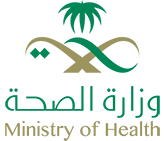

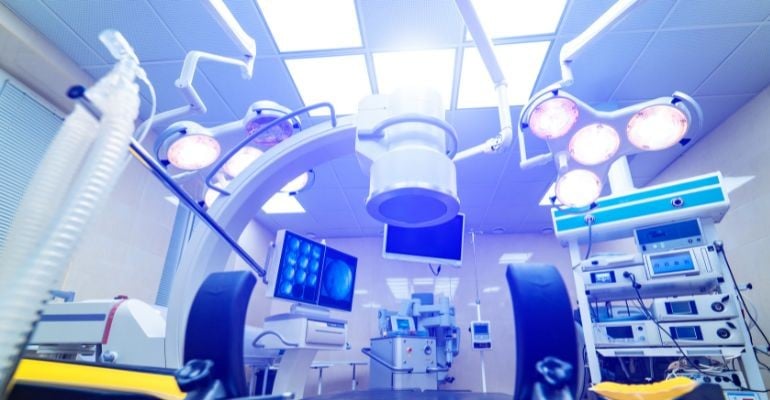


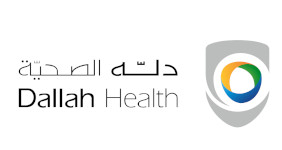
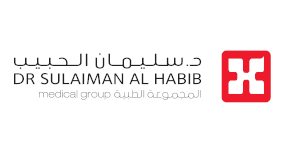
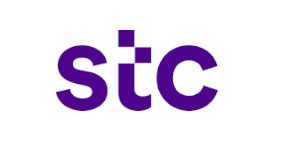
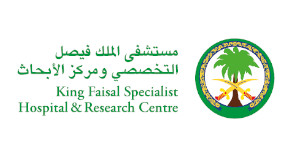


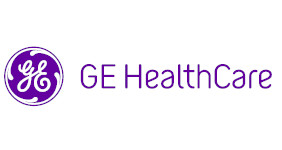
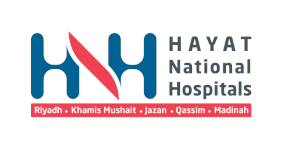
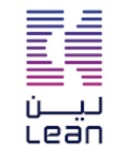
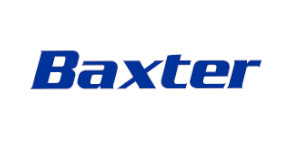
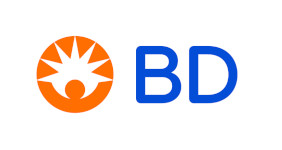
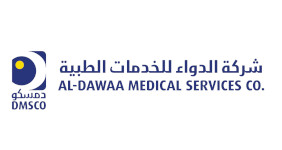
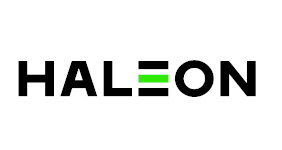
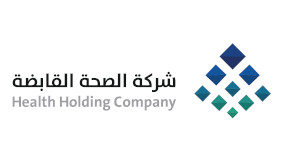
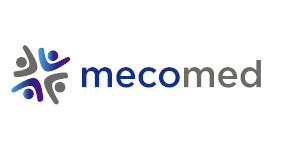

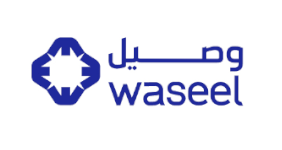
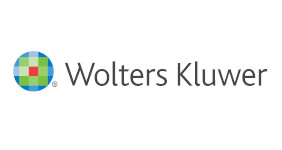
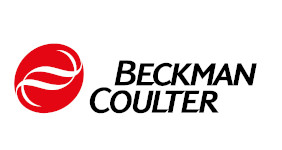
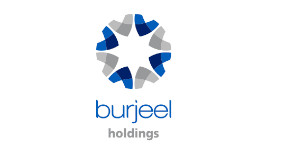
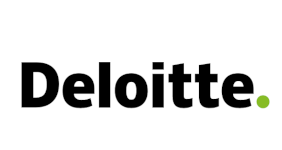
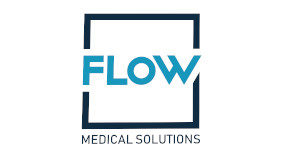
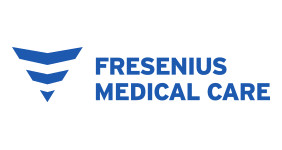
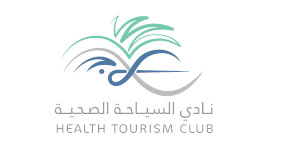
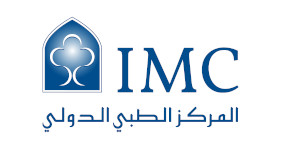
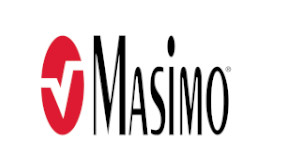
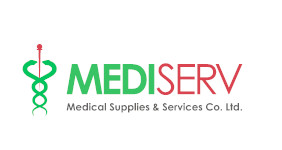

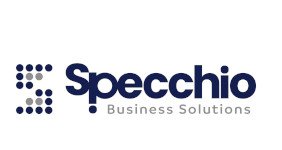

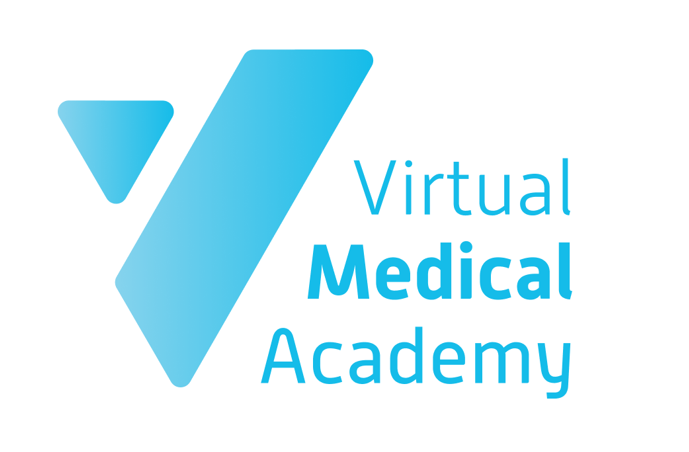

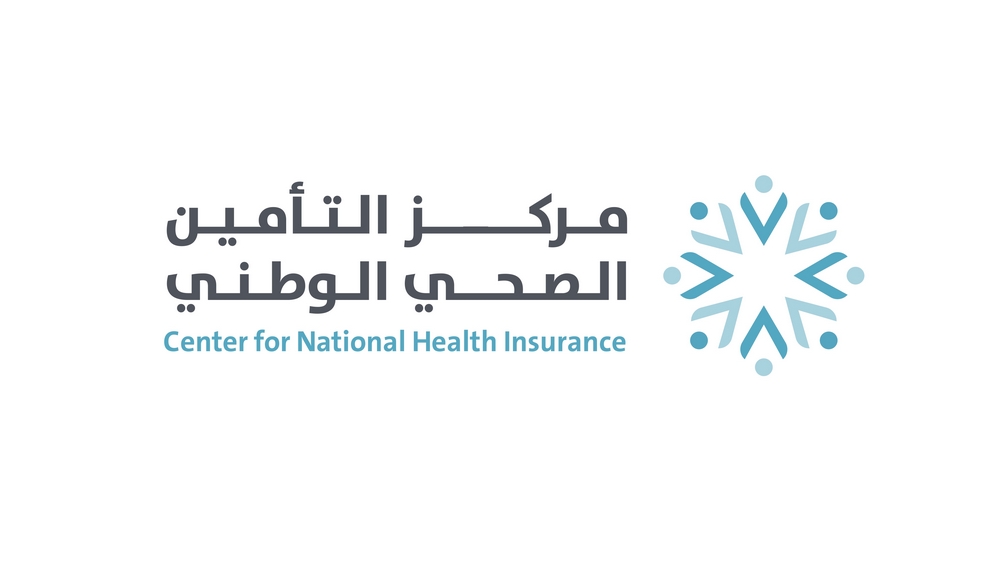
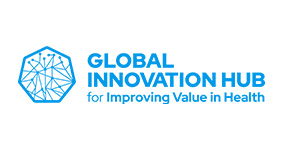
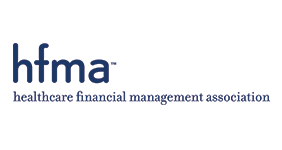
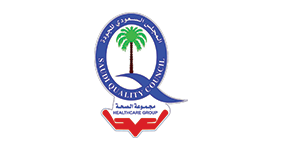
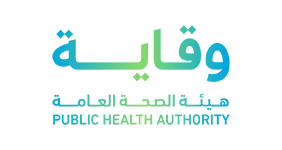
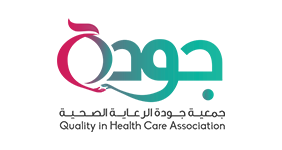
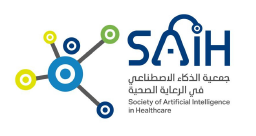
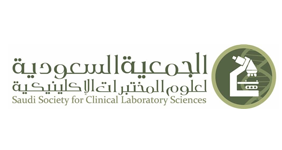
_page-0001.jpg)
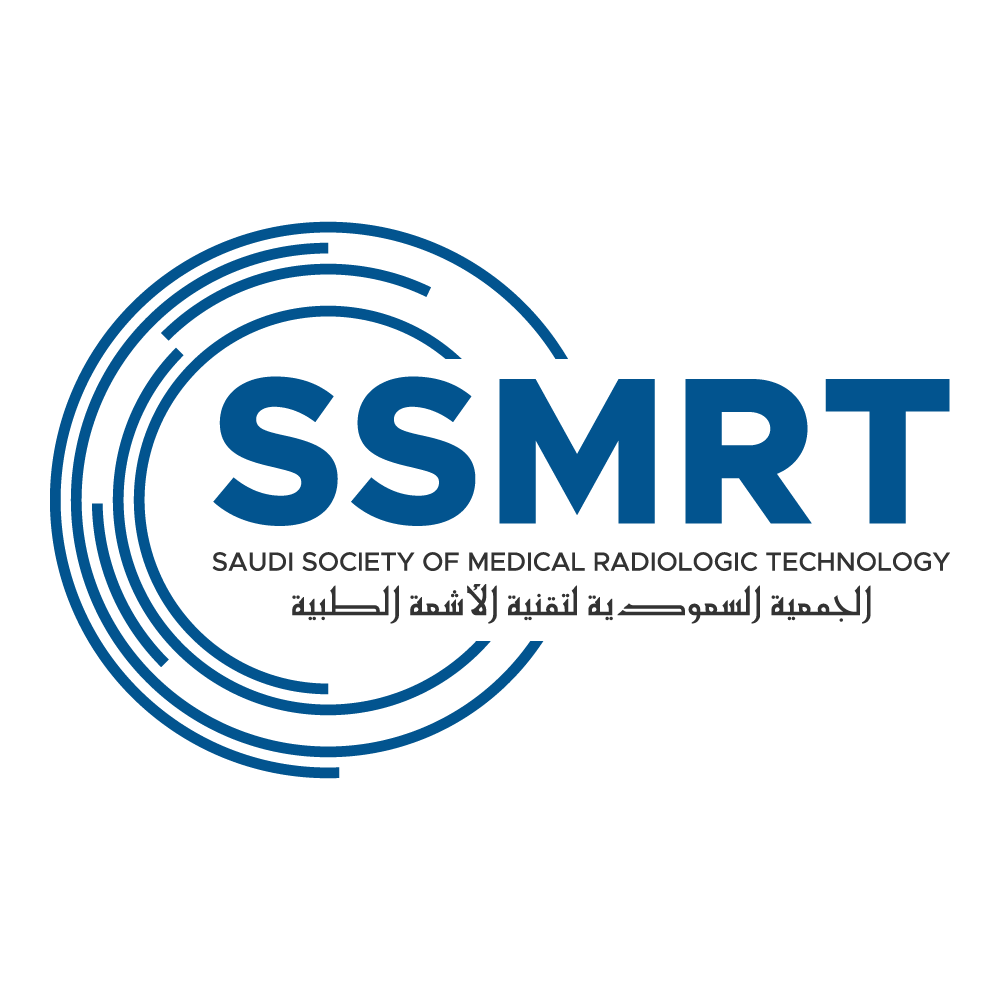
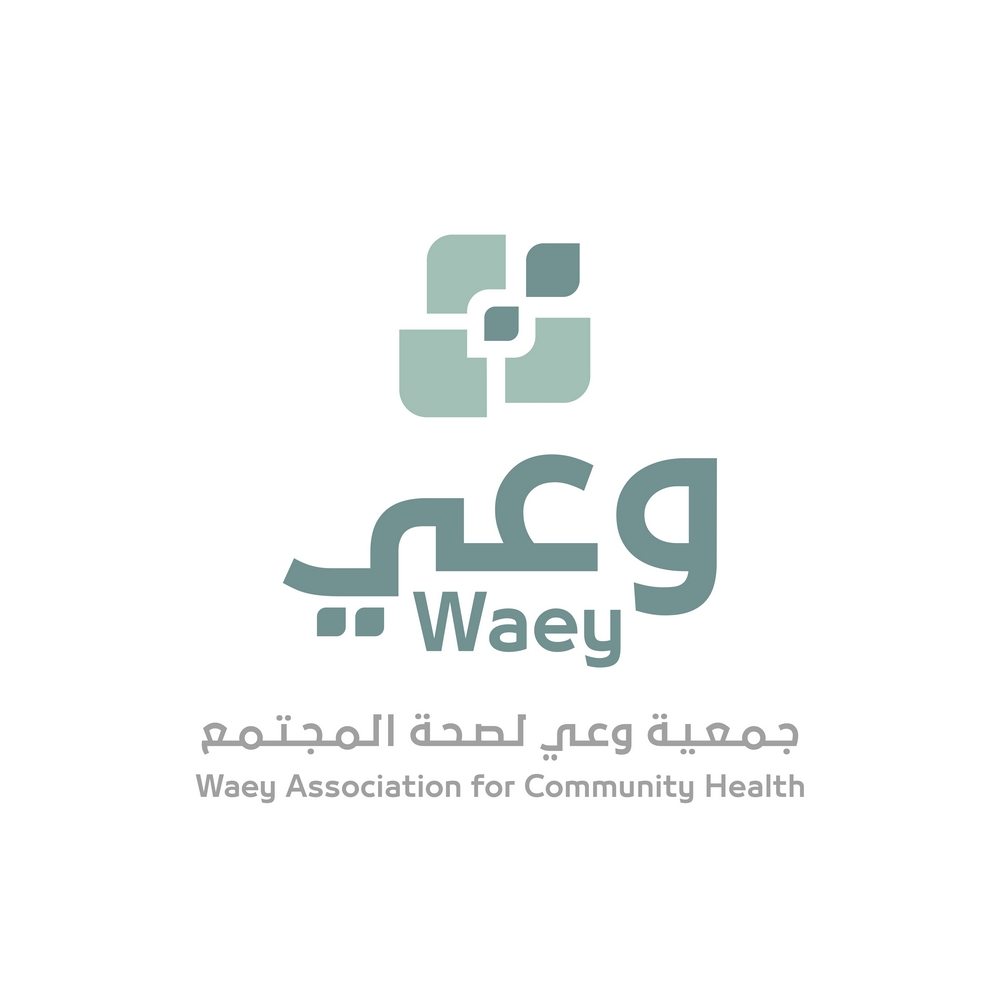

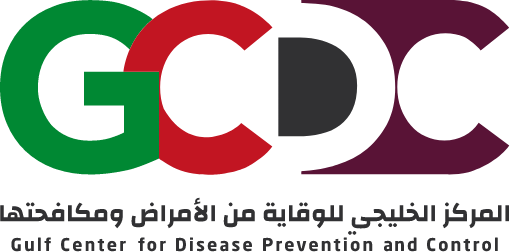

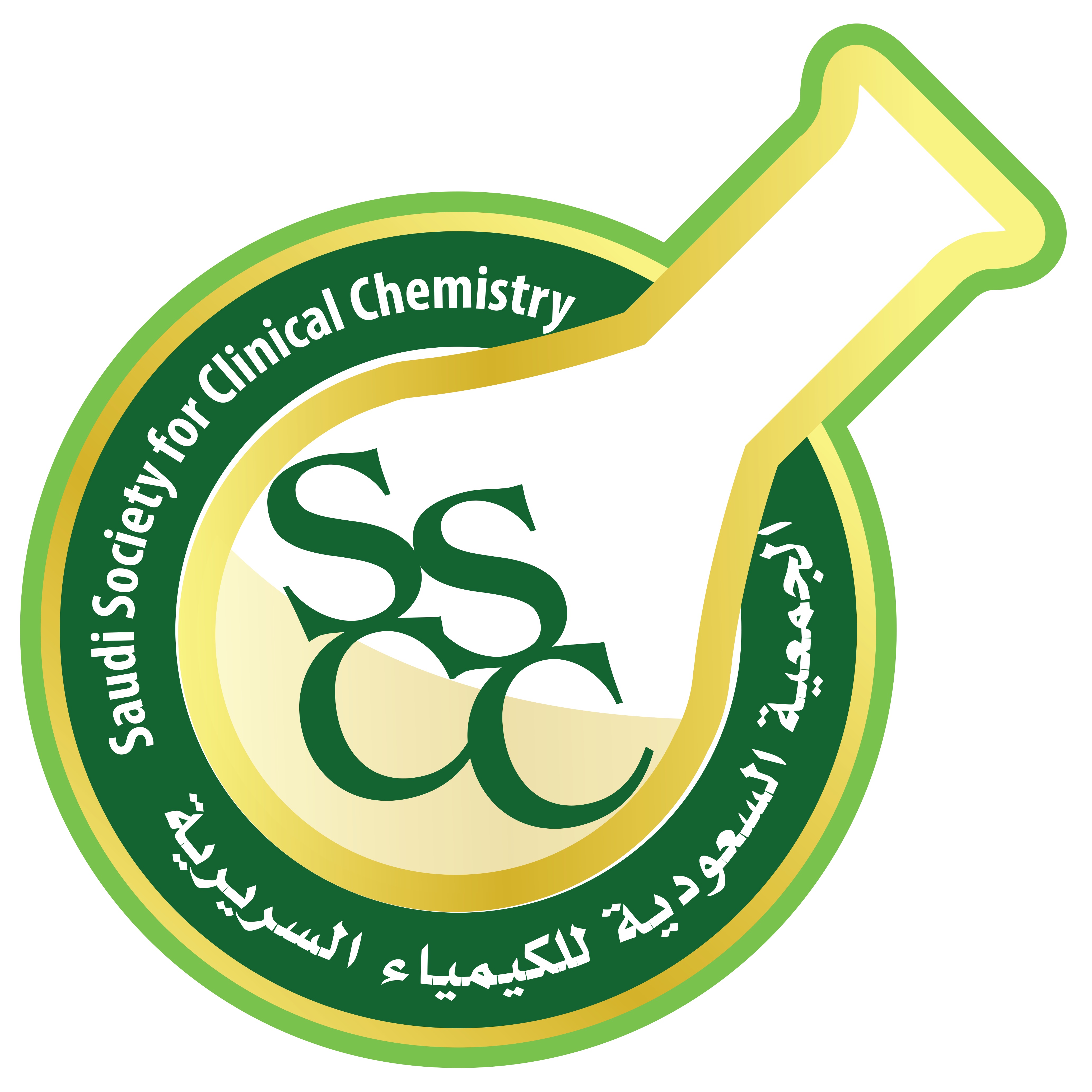
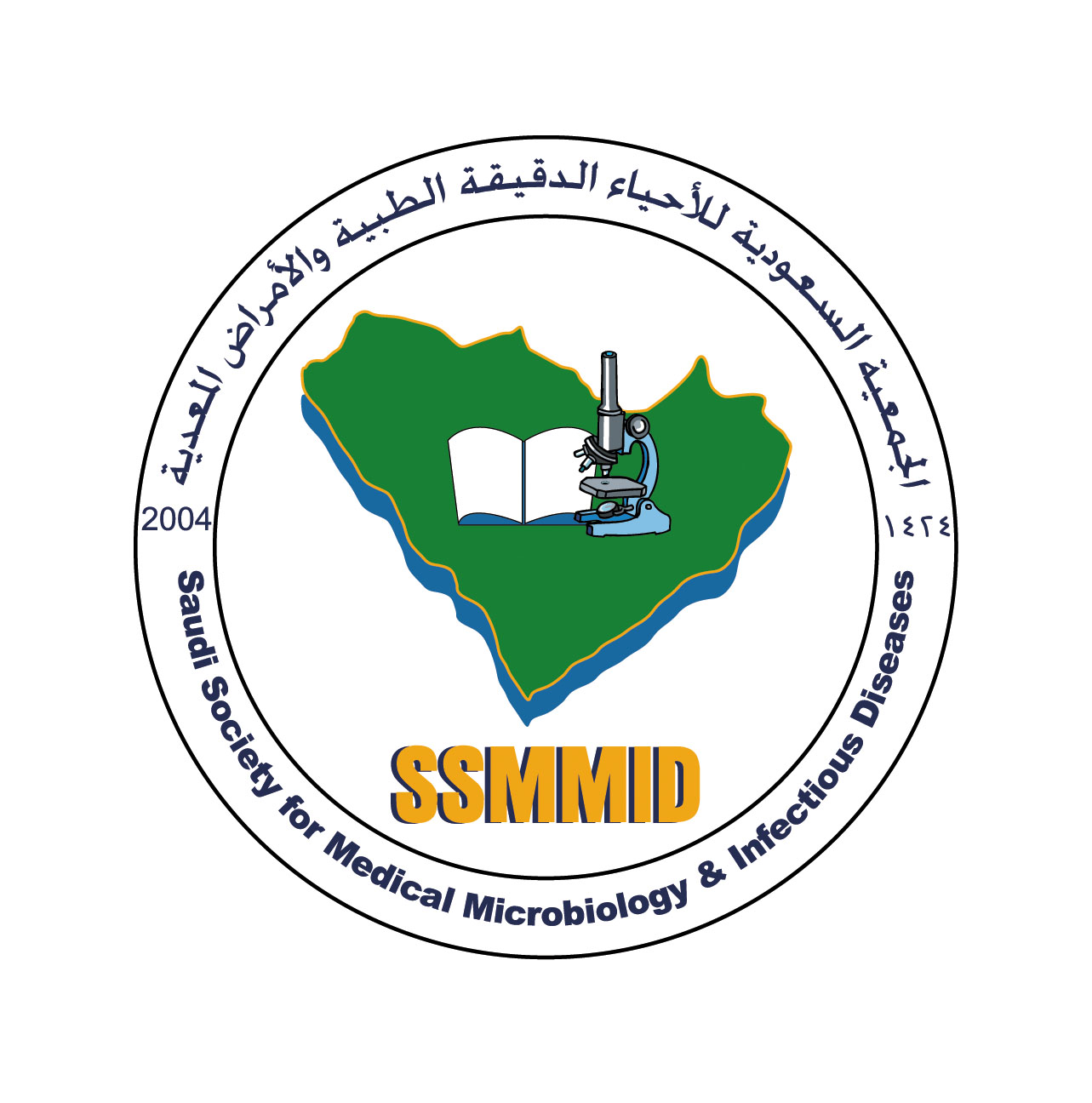
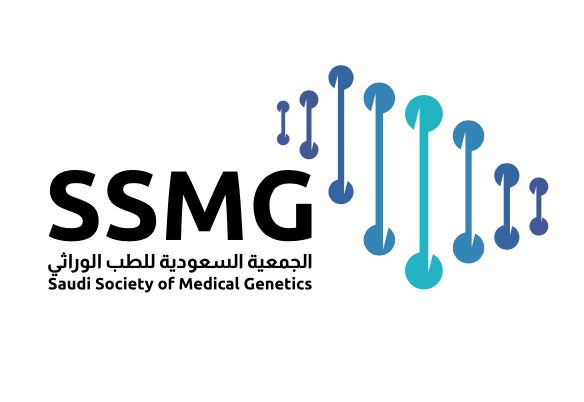

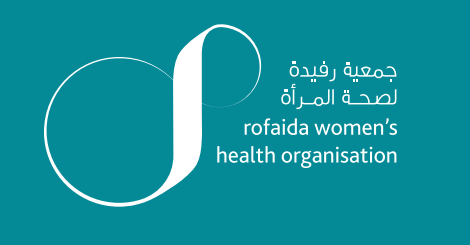



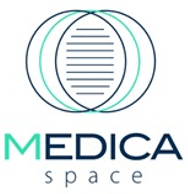
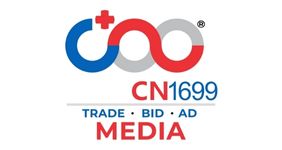

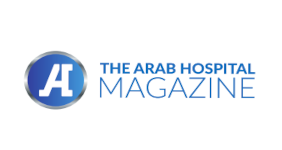
.png)

